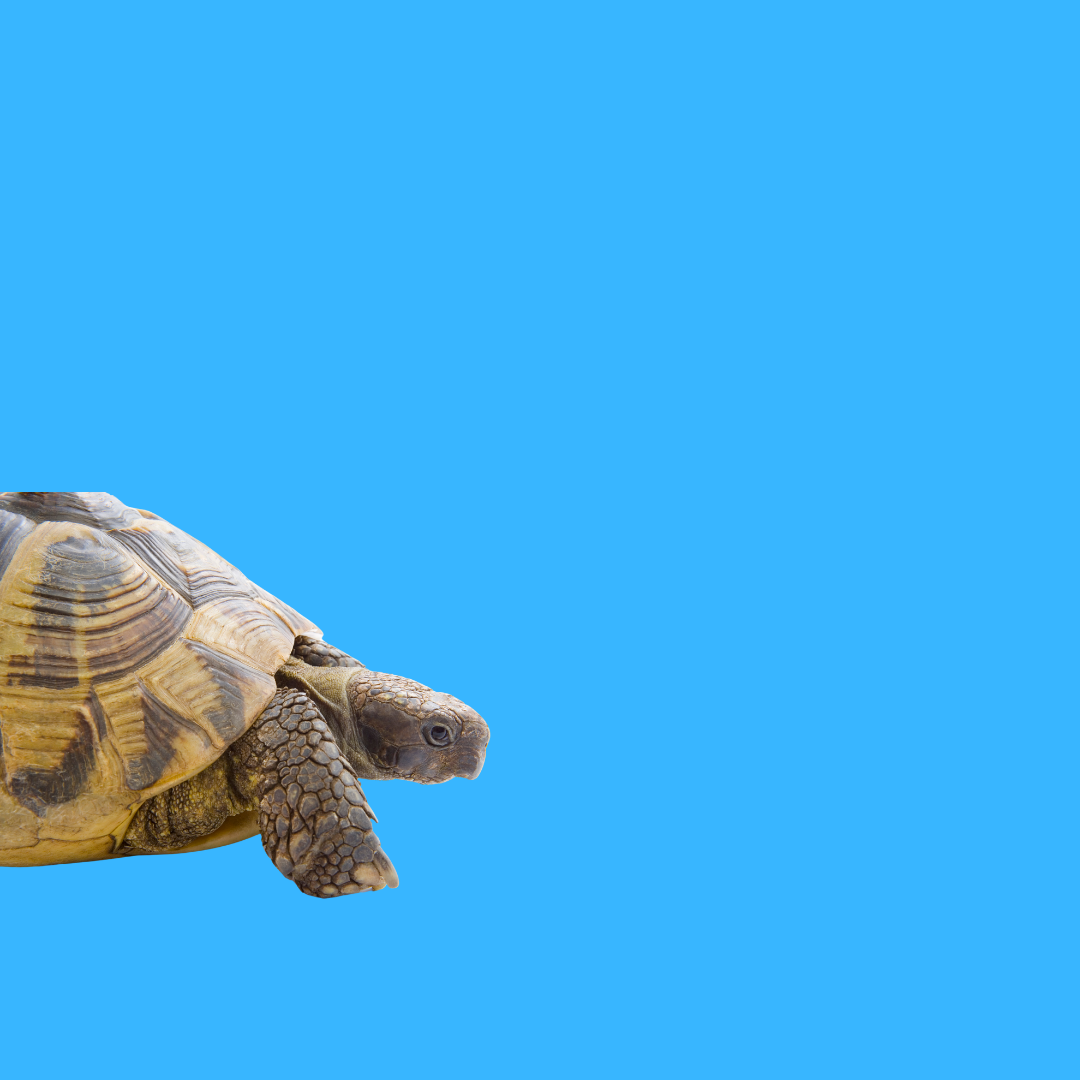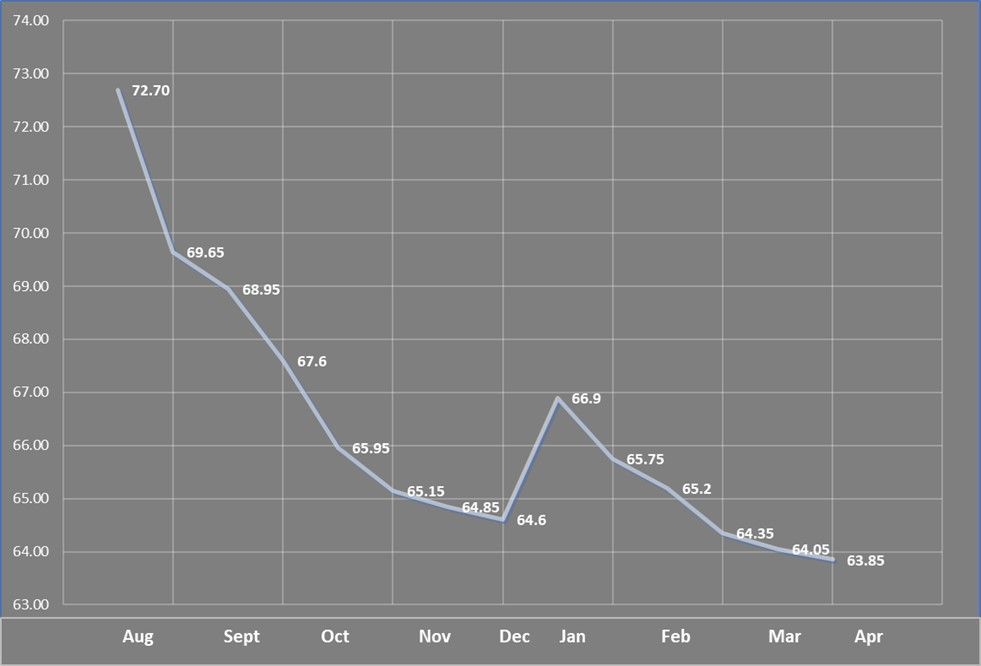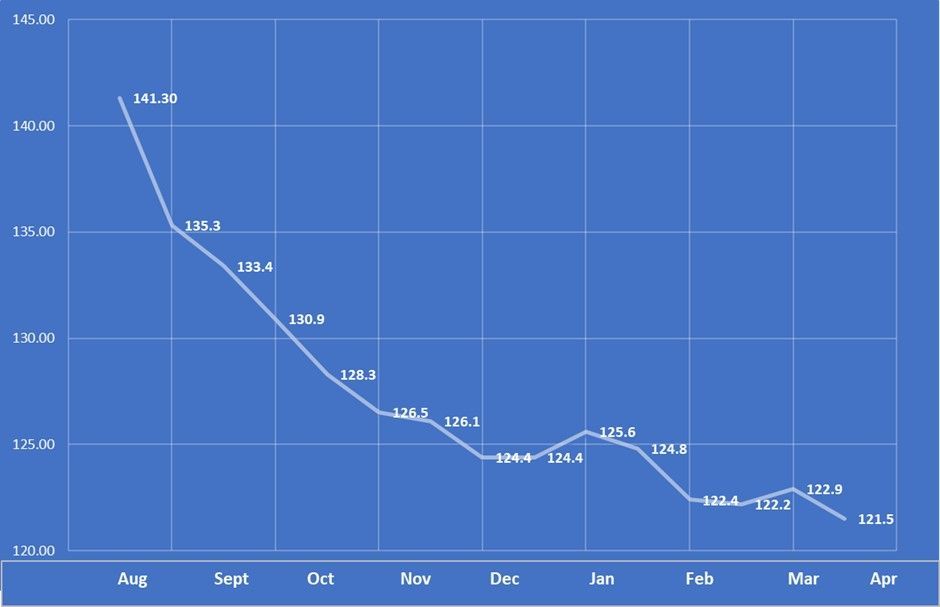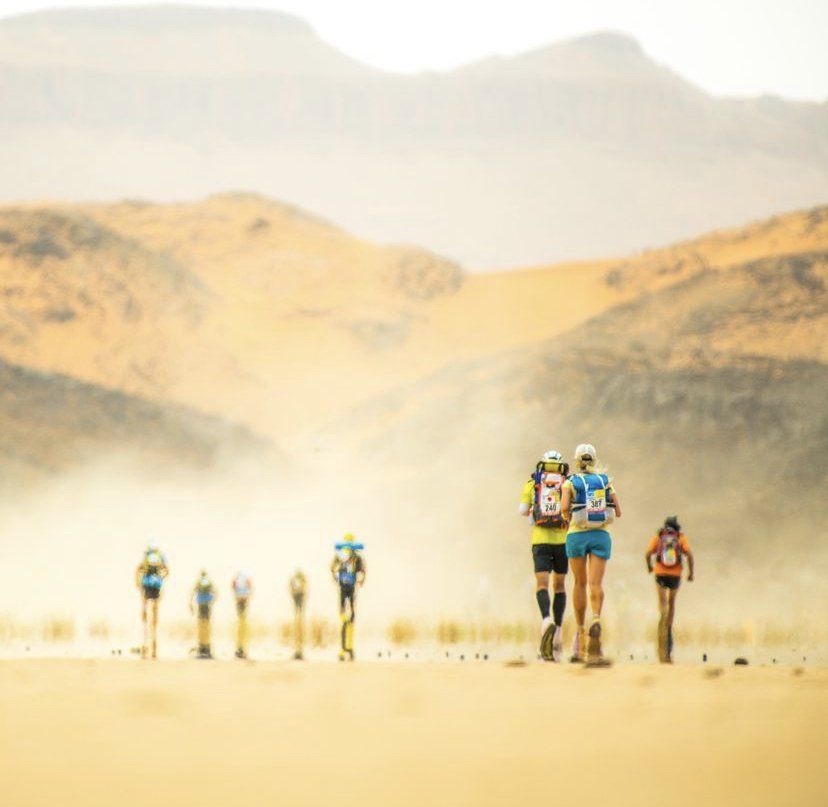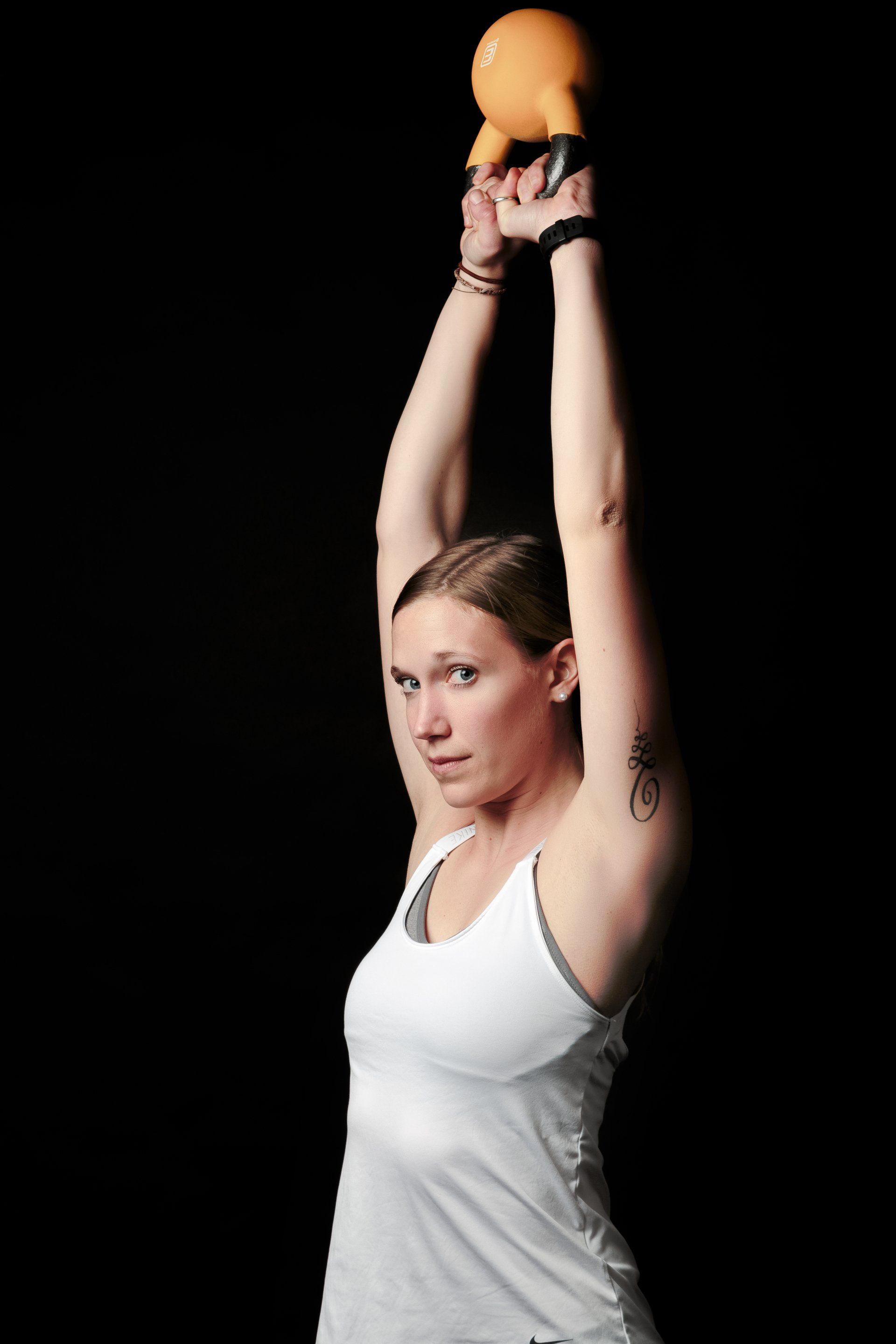By MATTHEW ALLEWAY
•
September 22, 2022
Introduction It’s been almost a year since the infamous 35th edition of the MdS. So, I thought it would be timely, now the sand has settled, to give my perspective on the race challenges, my experience as a completer, what got me to the finish, why I loved every minute, and how for me it was life changing. The notorious MDS 35th Edition! Every edition of the MdS is special and has its own unique challenges, anyone that completes is amazing. It takes months of research, training, planning, organisation. You invest a lot financially to take part, so the cost barriers prevent a lot of people from taking part. However, once you’re in, the Mds is a great leveller! It counts for nothing what you’ve paid, you can have the best kit, hire a coach, sit in a heat chamber for 6 months, have the most expensive watch, but no one can do it for you, and when shit happens, you’re on your own. On the 35th edition this was never more apparent! October 2021 was unique in that due to COVID the event was scheduled and then subsequently cancelled three times before it eventually took place in October. Prior to this many dropped out rescheduling or requesting refunds. I trained four times in all for the event, so when I got to Morocco in October, I felt nothing but incredibly privileged to be there and there was no way I wasn’t completing. Secondly, it was extremely hot, well it is in the Sahara desert, so you would expect that! However, the temperatures were up to 42 degrees, so it was hotter than normal. I was in fact incredibly pleased, I thought that means I can say I completed the hottest very edition of the MdS! Finally, shit really did happen in 2021. A bug swept through the camp and hit everyone from competitors to the organisers, I only spoke to one person that didn’t experience the dreaded vomiting and diarrhoea. My experience in the field The first stage My first experience of the bug was in the first stage, I saw someone vomiting remarkably close to the start, and then I started having that sicky feeling. I continued trying to convince myself it was just in my head. This was further exacerbated by the boiling drinking water and salt tablets combination. Eventually, I succumbed and was sick several times. I managed to get to the end not feeling great, but enough in the tank to get over the line. This was only the beginning and these factors contributed to a rapid drop out of competitors. The second stage The second stage was the notorious sand dunes focused stage which includes a long and brutal stretch of dunes lasting 13km. I absolutely loved this stage, I managed to complete sick free, and was feeling good. However, the atmosphere in the camp was by now vastly different, a tragic death hit everyone hard, and the dropout rate was soaring, in my own tent alone a few didn’t finish and had dropped out. The Third stage Next was Stage 3 and I started with no problems. However, about 10k from the finish, the sickness returned. After a lot of vomiting, I got to the end. Unable to hold anything down and with the extreme heat, I was severely dehydrated. Keeping my after stage routine, I staggered to the famous Doc Trotters tent to clean up my feet, then send some emails to home, and noticing a very full medic tent. My mouth was drying up every few seconds, and I was struggling to drink water. After trying to eat I was quickly sick, so at 6pm I got in my sleeping bag, frequently sipping water, and then once it got dark, drinking bigger gulps as the water cooled and I started to feel better. As I lay there, more people were dropping out, in my tent we were now down to just three. I certainly wasn’t the only one who wasn’t feeling good, all night you could hear people vomiting and quickly getting out of their tents for a hasty toilet break in the sand. The Long Day The next morning I managed to eat a little dried mango. Not really great preparation for the stage 4 long day consisting of 50+ miles of sand dunes and a mountain thrown in for fun! Still there was no way I was stopping, just wasn’t sure how I was going to do it! Getting to the first couple of water stations were very tough, the heat was intense being the hottest part of the day and I was running on fumes or to be more precise dried mango!. Reaching the second checkpoint was something I will never forget. I lay in a tent, desperately sipping water, surrounded by people doing the same thing. It was like a war zone, not really what you expect for an ultra-run. We could all barely speak, everyone was resting and had been sick, however there was a shared togetherness and gallows humour. As well as lifting my mood, observing everyone gave me a real insight into resilience and how people react when things really are tough. I managed to drink plenty of water, adding some Tailwind in as well, and things started to pick up, approaching the next stage I started to think of food for the first time, and then when I arrived, I managed to eat a tin of mackerel, which tasted like heaven. I knew then I was back, as the stage went on it got even better as we got to night, as the sun went down the water was for the first time cooler. Finish! I finished the long stage and then went on to complete the final 5th stage. I was very proud to finish, especially as out of the 672 who started, I was one of only 353 who finished. In my tent we started with eight and only two of us completed. What got me to the finish As I’ve already alluded to, I was only ever going to finish. There was no way I was coming home without completing, and I never stopped believing this. I had also accepted it was going to be tough, it’s the MdS, it's hard, that's why I signed up, it was also going to be hot, it’s in the desert! I was going to be self-sufficient, and no one owed me anything. The organisers are brilliant, but they make no secret of that. They provide the water but you carry your own toilet paper, medical supplies, food, kit, sleep in a tent, and you get on with it. In my tent from the two of us that completed. I knew I would complete, and I knew Ali my fellow completer would complete from the moment I met him. Behind his calm smiley persona, I could see a quiet determination and steely resilience. My resilience comes from my background, growing up in a dysfunctional family on a tough council estate, meant that nothing was going to shock me or scare me. I knew when it got tough I could ‘dial up a demon’ or two as I like to call it. The voices from the past that said I couldn’t do it, powered me on when I was sick and staggering through sand dunes. Adversity either breaks you or it makes you strong! Why I loved every minute It was tough, but you have to get things in perspective, if you chose to do an event billed as the toughest foot race in the world you have to accept what comes with it. Not everyone is fortunate enough to be able to enter the MdS. If your lucky enough to be able to do the MdS remind yourself your one of the lucky few. Life after the MdS? A lot of people talk about how the MdS was life changing and it was certainly the case for me. I was an experienced runner, triathlete, and had done a few ultras and ironman etc before the MdS. When I started, I was an executive working in London. It transformed how I trained, combining running with strength training, and my diet. During the time from when I signed up to when I finished, I switched careers and qualified as a personal trainer and running coach. I now run my own fitness business. Just like in the MdS I’m my own boss now! If you need help with completing the MdS please contact me for my MdS completer coaching package
